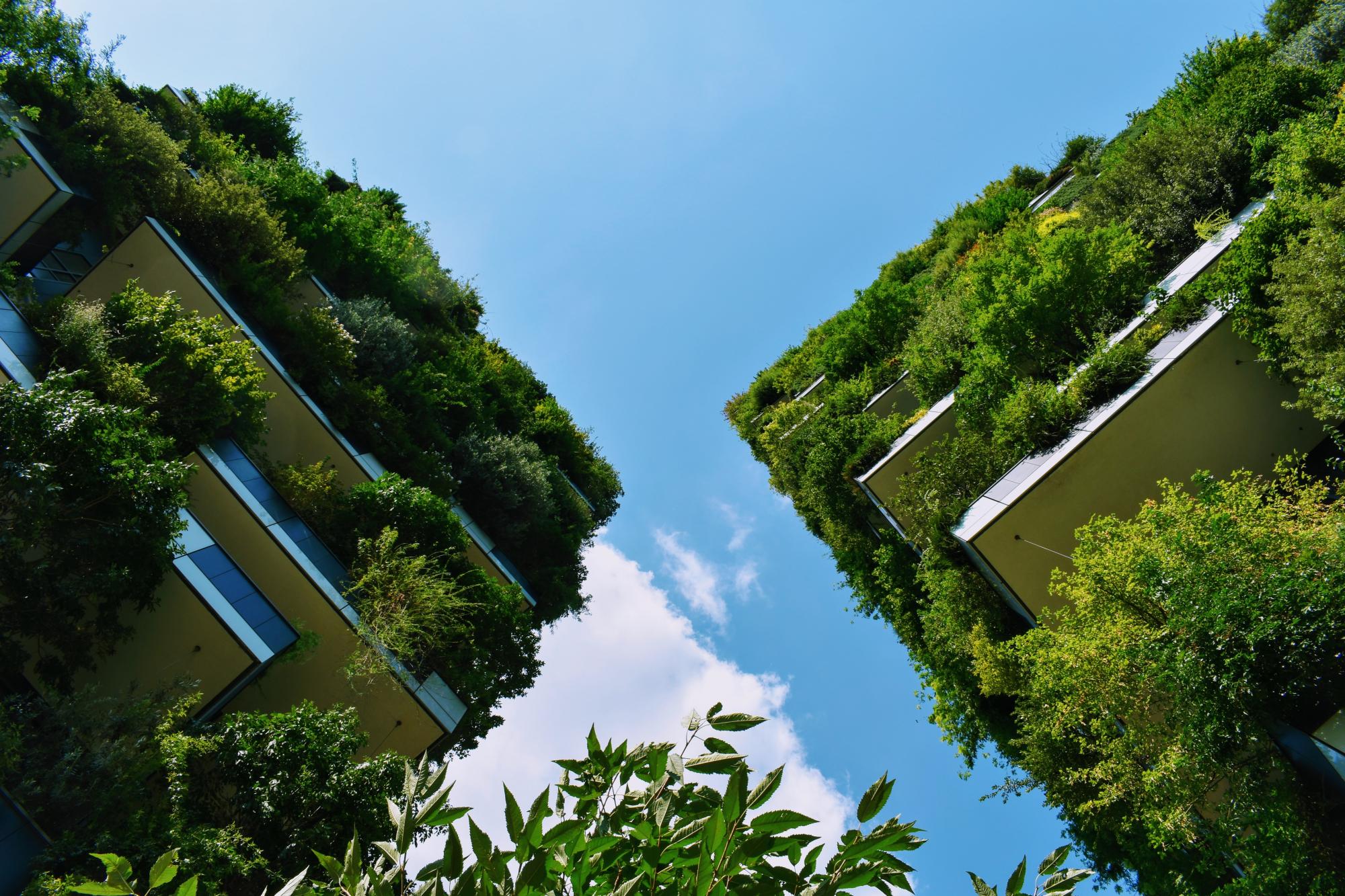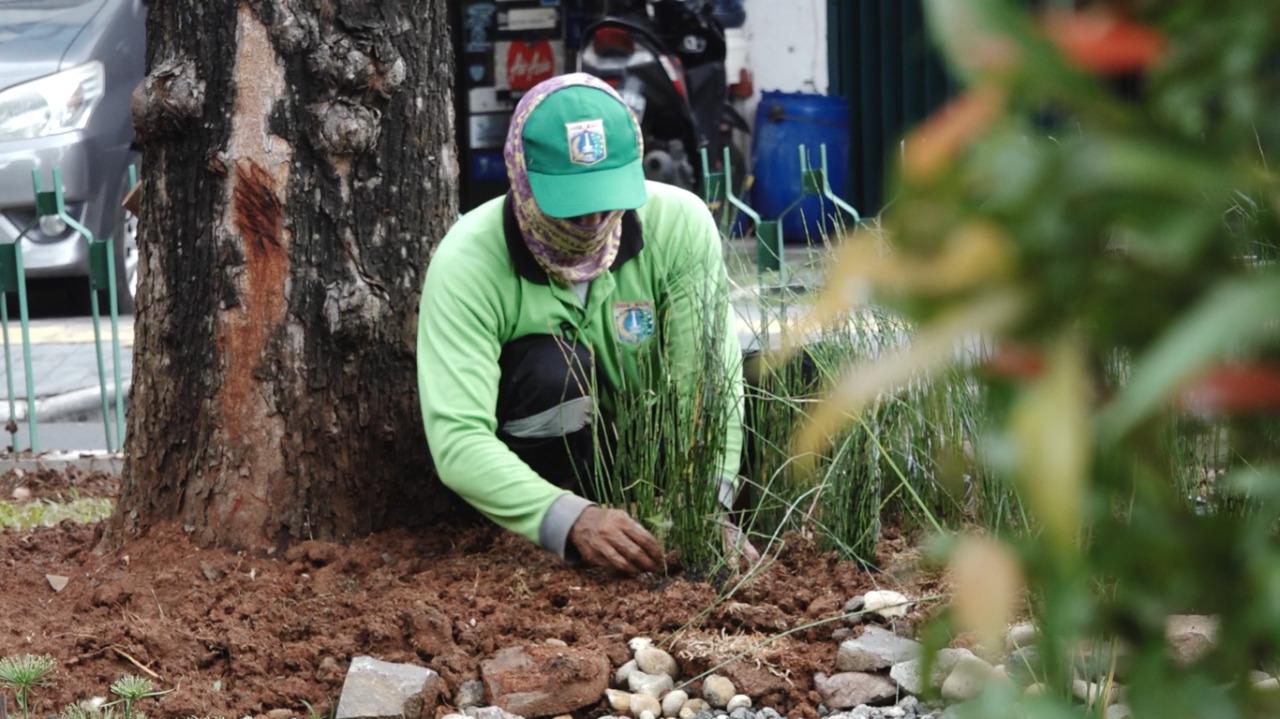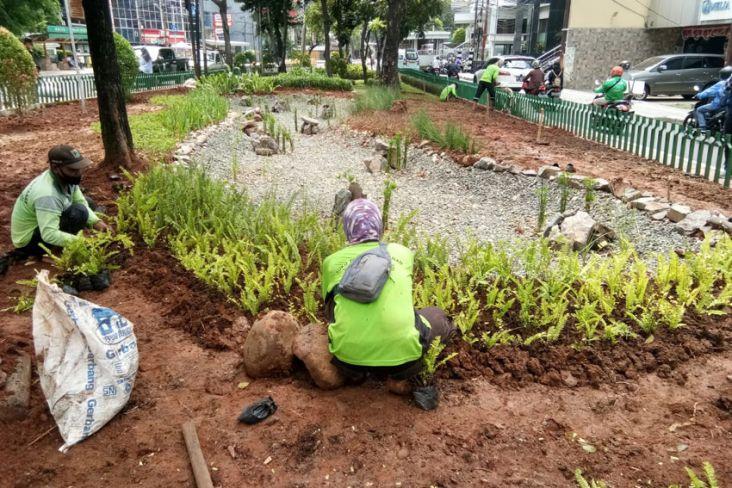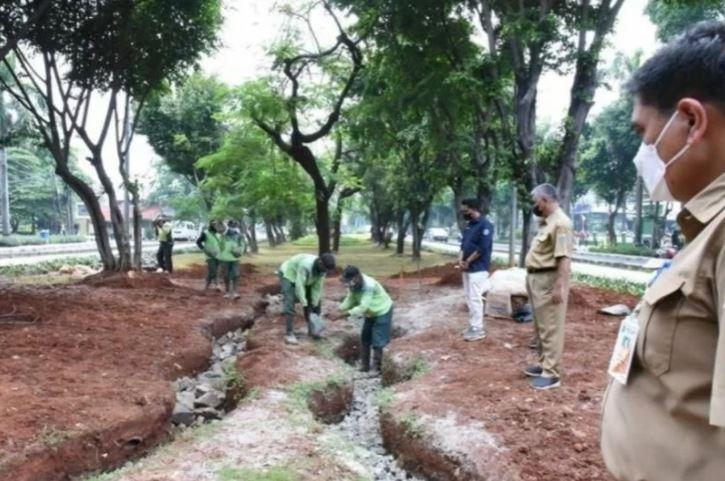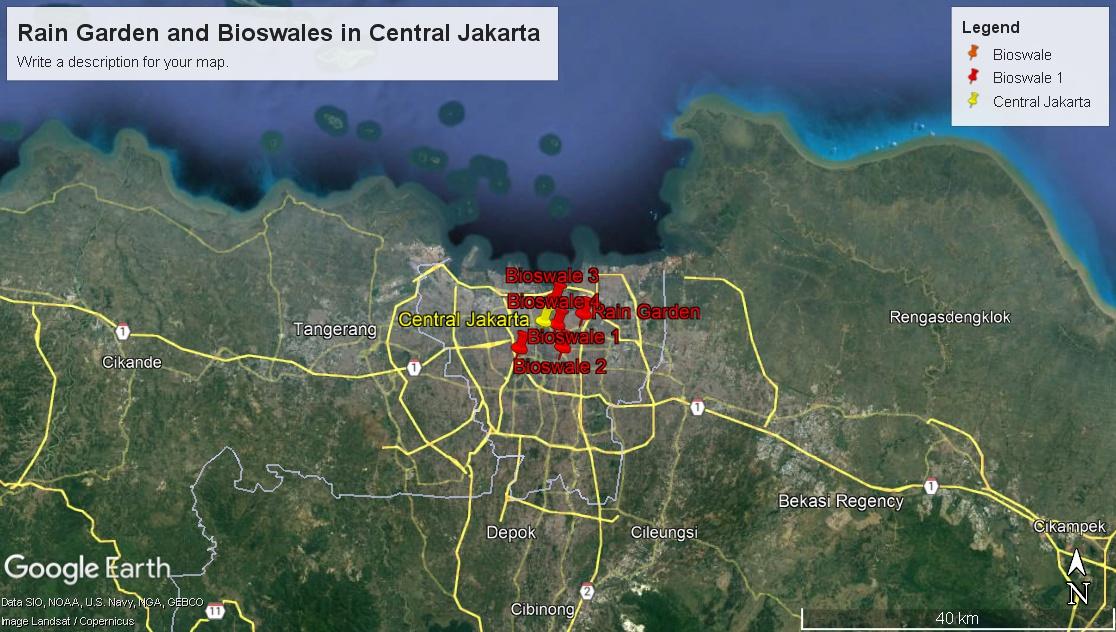Jakarta City in Indonesia deals with inundations during heavy rain periods (1,2). To overcome such flooding issues, the Central Jakarta City Government, through the Parks and Forests Sub-Department, planned and implemented four bioswales and one rain garden at five locations in Central Jakarta City (1,2,3,4). This project was aimed at saving groundwater through stormwater management and minimizing puddles around the site locations (1,4). The Head of Central Jakarta City Parks and Forests Sub-Department, Mila Ananda, conveyed this project completion in 2021 (1,2). After the successful implementation of this project, the Jakarta City Government further plans to identify similar more locations prone to inundation and implement such green infrastructure initiatives in other parts of the city (1,2,3).
Overview
Nature-based solution
- Green areas for water management
- Rain gardens
- Swales and filter strips
- Grey infrastructure featuring greens
- Alley or street trees and other street vegetation
Key challenges
- Climate action for adaptation, resilience and mitigation (SDG 13)
- Climate change adaptation
- Green space, habitats and biodiversity (SDG 15)
- Green space creation and/or management
- Water management (SDG 6)
- Flood protection
- Stormwater and rainfall management and storage
- Health and well-being (SDG 3)
- Creation of opportunities for recreation
Focus
Project objectives
Implementation activities
Climate-focused activities
Climate change adaptation:
- Implement sustainable urban drainage infrastructure (e.g. to make space for water)
Main beneficiaries
- Local government/Municipality
- Citizens or community groups
Governance
Management set-up
- Government-led
Type of initiating organisation
- Local government/municipality
Participatory approaches/ community involvement
- Unknown
Details on the roles of the organisations involved in the project
Project implemented in response to ...
Financing
Total cost
Source(s) of funding
- Public local authority budget
Type of funding
- Earmarked public budget
Non-financial contribution
Impacts and Monitoring
Environmental impacts
- Climate change
- Lowered local temperature
- Water management and blue areas
- Increased protection against flooding
- Improved stormwater management
- Green space and habitat
- Promotion of naturalistic styles of landscape design for urban development
- Increased green space area
- Increased number of species present
Economic impacts
- Unknown
Socio-cultural impacts
- Social justice and cohesion
- Improved liveability
- Safety
- Improved community safety to climate-related hazards
Type of reported impacts
Presence of formal monitoring system
Presence of indicators used in reporting
Presence of monitoring/ evaluation reports
Availability of a web-based monitoring tool
References
2. Arjawinangun, Komaruddin Bagja. (2022). To Overcome Flooding, City Government of Central Jakarta Builds Rain Garden and Bioswale. SINDONEWS, available at Source link (accessed 20-03-2023)
3. H. A. Daelani. (2022). Atasi Genangan, Pemkot Jakpus Bangun Rain Garden dan Bioswale. Jakarta Pusat, available at Source link (accessed 20-03-2023)
4. Rachman, Yogi. (2021). Jakarta Timur bangun "rain garden" dan "bioswale" untuk atasi banjir. Antara News, available at Source link (accessed 20-03-2023)
5. WRI Indonesia, The Reasons for Jakarta’s Frequent Flooding and How Nature-based Solutions (NbS) Can Help Reduce the Risk, available at Source link (accessed 06-04-2023)
6. Oswar Muadzin Mungkasa, (2020), GREEN INFRASTRUCTURE IN JAKARTA,
BASIC UNDERSTANDING AND IMPLEMENTATION EFFORTS IN INDONESIAN CITIES, available at Source link (accessed 06-04-2023)
